5 Plumbing Repairs to Fix Low Water Pressure
According to Home Reference, the ideal water pressure rating for your home is 50 psi. Yet, in some cases, there is a high chance that your plumbing system's pressure rating will be lower than this. A comprehensive inspection will help identify the source of the issue, ensuring that you get an ideal solution. The following insights will help you understand the top causes of low water pressure and how to fix them with plumbing repairs.
1. Pipe Blockage
A blocked pipe will hardly pass sufficient water to critical outlets. Clogs reduce the girth within which the water should flow, translating to disrupted flow. Any slight disruption can significantly reduce water pressure.
Clogs are caused by various obstructions. These obstructions range from scum, food oil, and feminine products to debris and dirt. Removing these substances will help avert contamination and health complications.
An excellent plumbing technician will ensure a comprehensive process, including disassembling and assembling the pipes. This professional will remove all the clogs and replace faulty pipes to ensure the water flows as it should.
2. Faulty Valves
Every residential plumbing system has two primary shutoff valves that control water into the home. The water meter valve controls how much water gets into your home. A faulty or partially closed one implies that you'll suffer from low water pressure. However, you might not have enough control over this valve as it often belongs to the water distributing company.
You'll need to confirm with your neighbors to see if the problem affects you alone. Reach out to your water provider if your neighbors have similar issues. You might also need to check your primary shutoff valve, particularly if the neighborhood does not share your problems. All you need to do is flip it fully open. However, you'll need an experienced plumber if the problem is too complicated.
3. Pipe Deterioration
Different materials are used to manufacture drainage and plumbing pipes. However, regardless of its material, it's likely that your line will deteriorate with time. This pipe could rust or burst more easily depending on the material used.
For instance, suppose the pipe is made from galvanized steel. This pipe will likely sustain friction over time, resulting in low water pressure. This pipe could also start leaking, losing a significant amount of water in the long run. Leakage significantly contributes to low water pressure.
Watch out for cracks and small holes in the pipes. You can confirm these cracks by looking for regions on your lawn with water puddles. You might also estimate the average daily water usage to establish whether there has been a significant increase. A substantial increase indicates that there is leakage. Reach out to a professional to help seal these holes.
4. Faulty Water Pump
The water pump increases water pressure, ensuring the water can flow faster in the plumbing system and reach its outlet. A significant decrease in this pressure implies that your water pump is faulty. In such instances, you'll need to repair or replace it, depending on the extent of the damage.
Various signs show that your plumbing water pump has a problem, including noise, low water pressure, and the inability to turn on or off. An experienced professional will inspect the pump to determine its integrity. This inspection will help identify the issue and allow the technician to address it.
Different plumbing repairs will suffice depending on the issue. First, ensure that you fix all the loose bolts and bearings. You'll also need to get the pumps and motors concentric. Severe cavitation of your water pump will require replacement.
5. Failing Pressure Regulator
A faulty pressure regulator will likely cause low pressure in your plumbing system. This valve controls the input pressure in your plumbing system, ensuring water flows safely. Usually, it's meant to lower the water pressure at the plumbing system's entry point. However, if it's faulty, then the pressure will likely decrease too much, resulting in an inadequate experience.
When the pressure regulator fails, your entire plumbing system will be affected. You can diagnose its health using a pressure water gauge to estimate how forceful the flow is. Fortunately, replacing this regulator is straightforward, meaning you do not need an expert. However, you might need a professional to handle complicated or modern brands.
Nothing can be as frustrating as low water pressure in your home. Identifying the cause and fixing the problem are priorities in such instances. Fortunately, the insights above indicate common issues and how to address them, making the entire plumbing repair experience relatively straightforward. Be sure to give Ultimate Plumbing, Heating, and AC LLC a call for professional and excellent results.

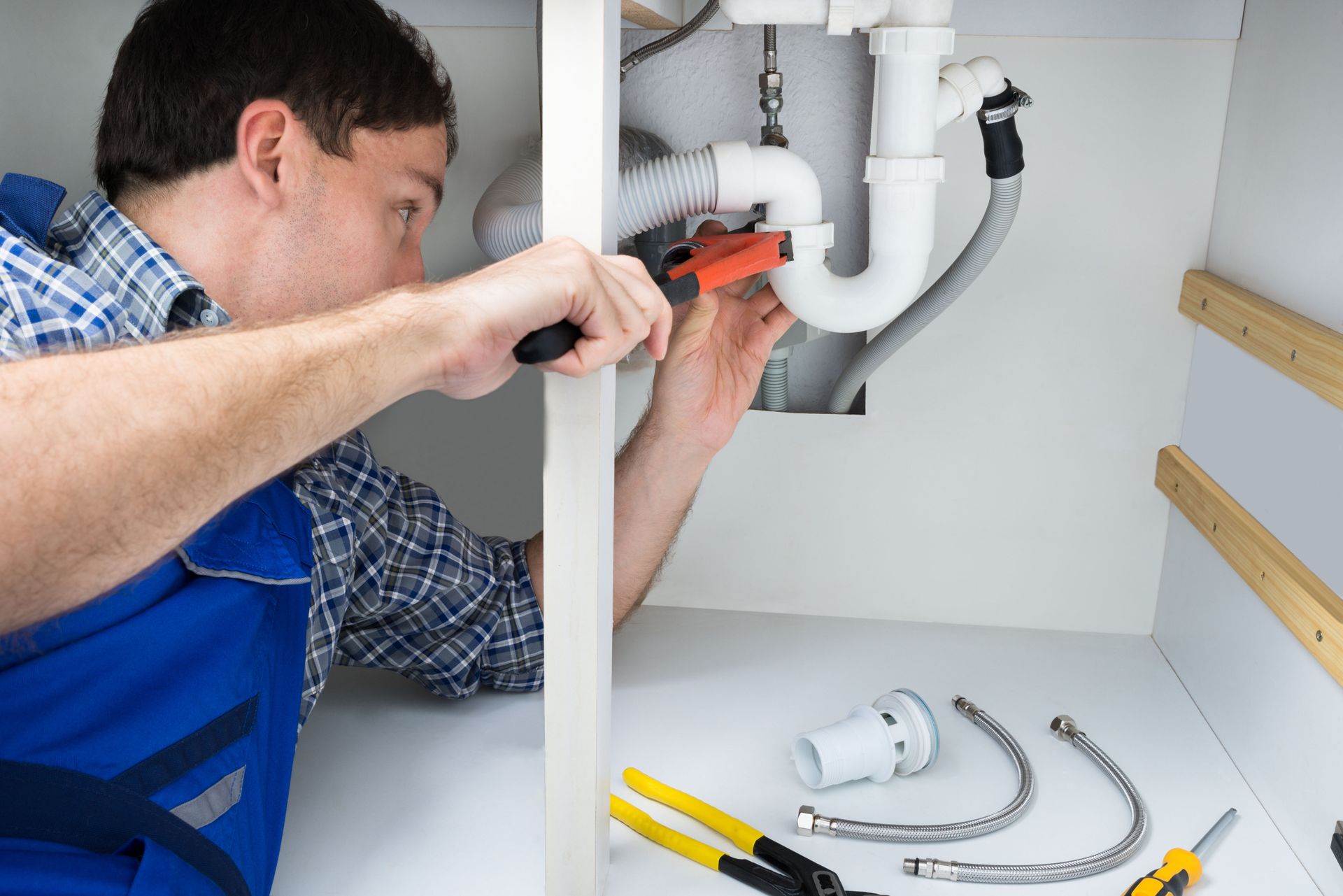
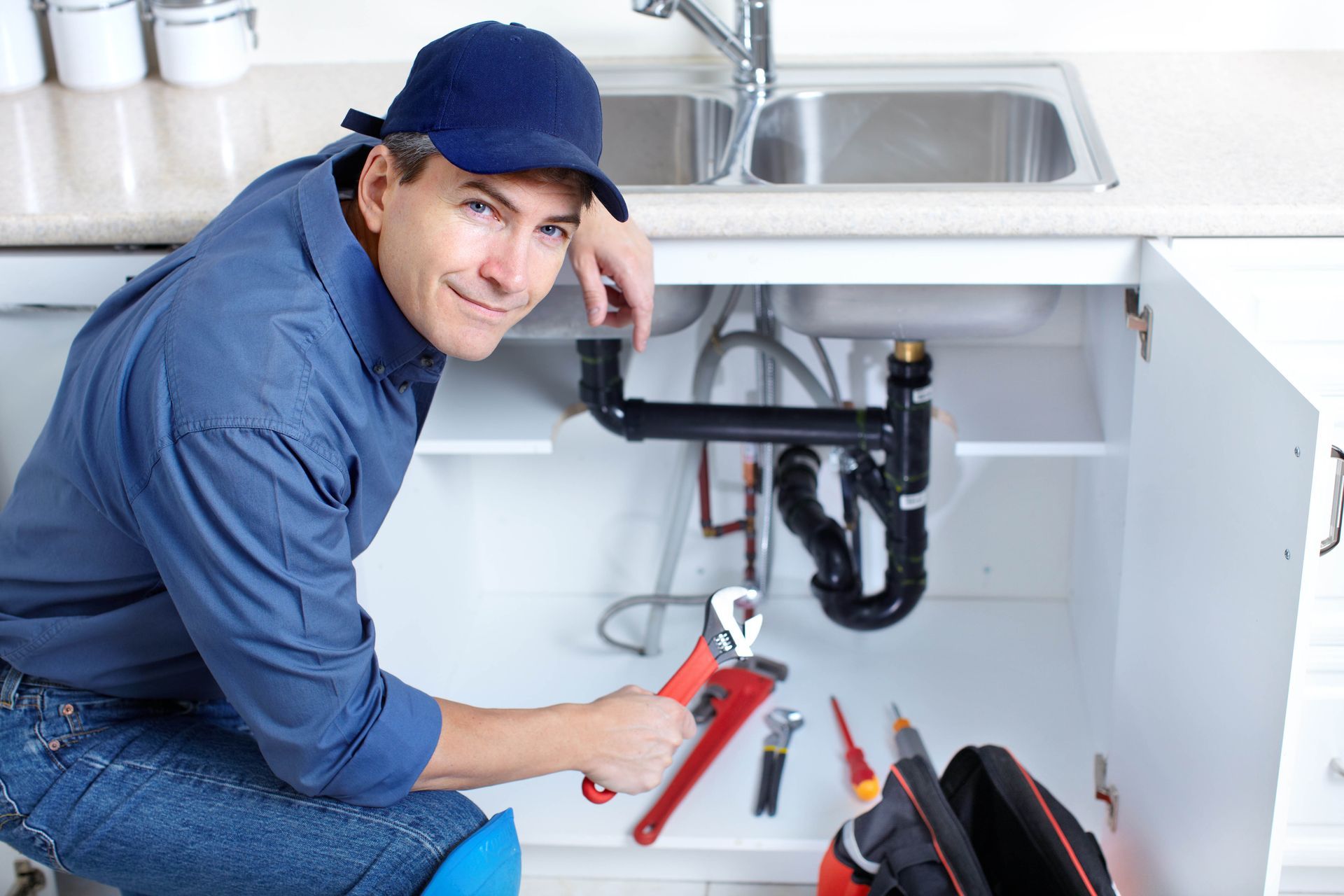
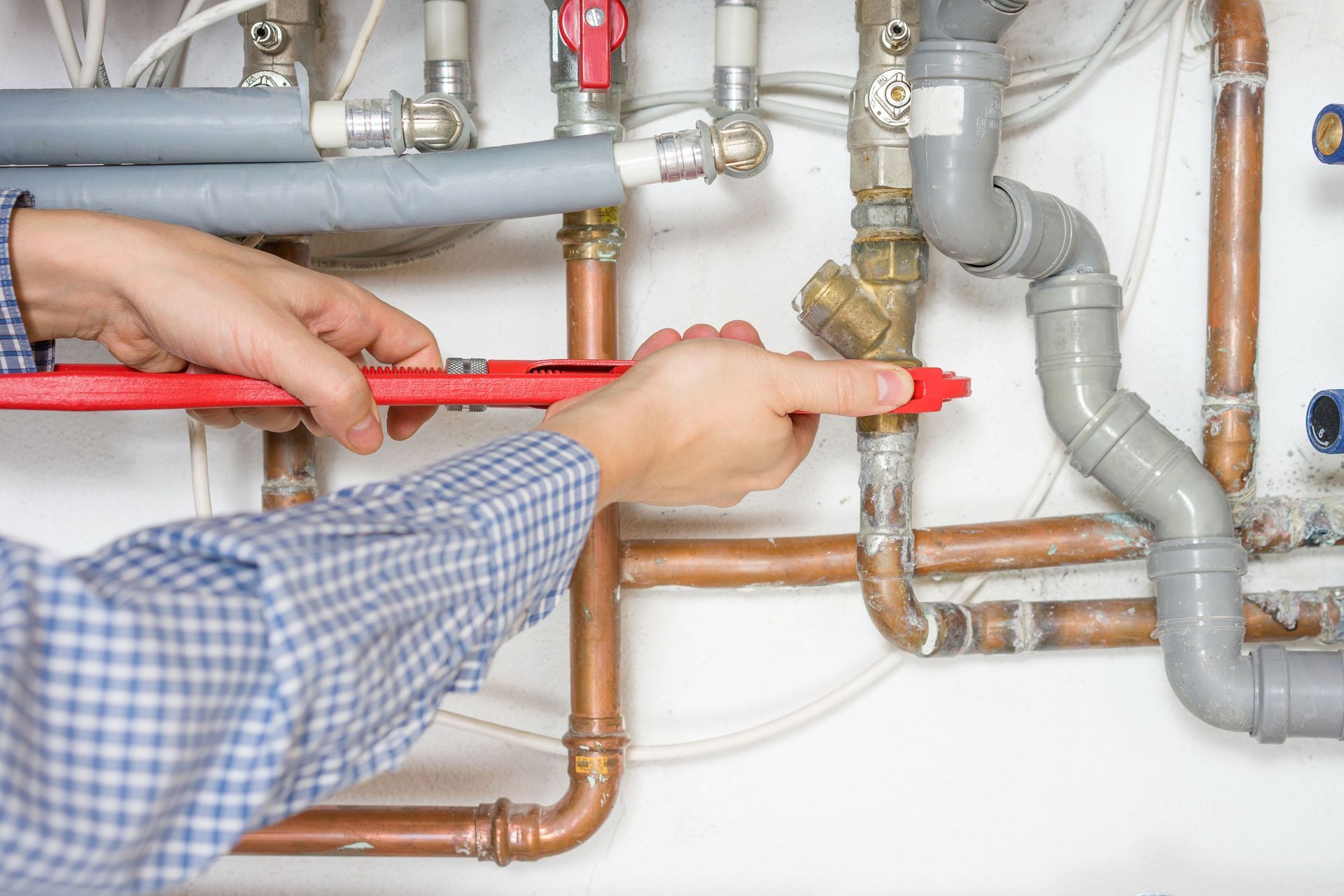
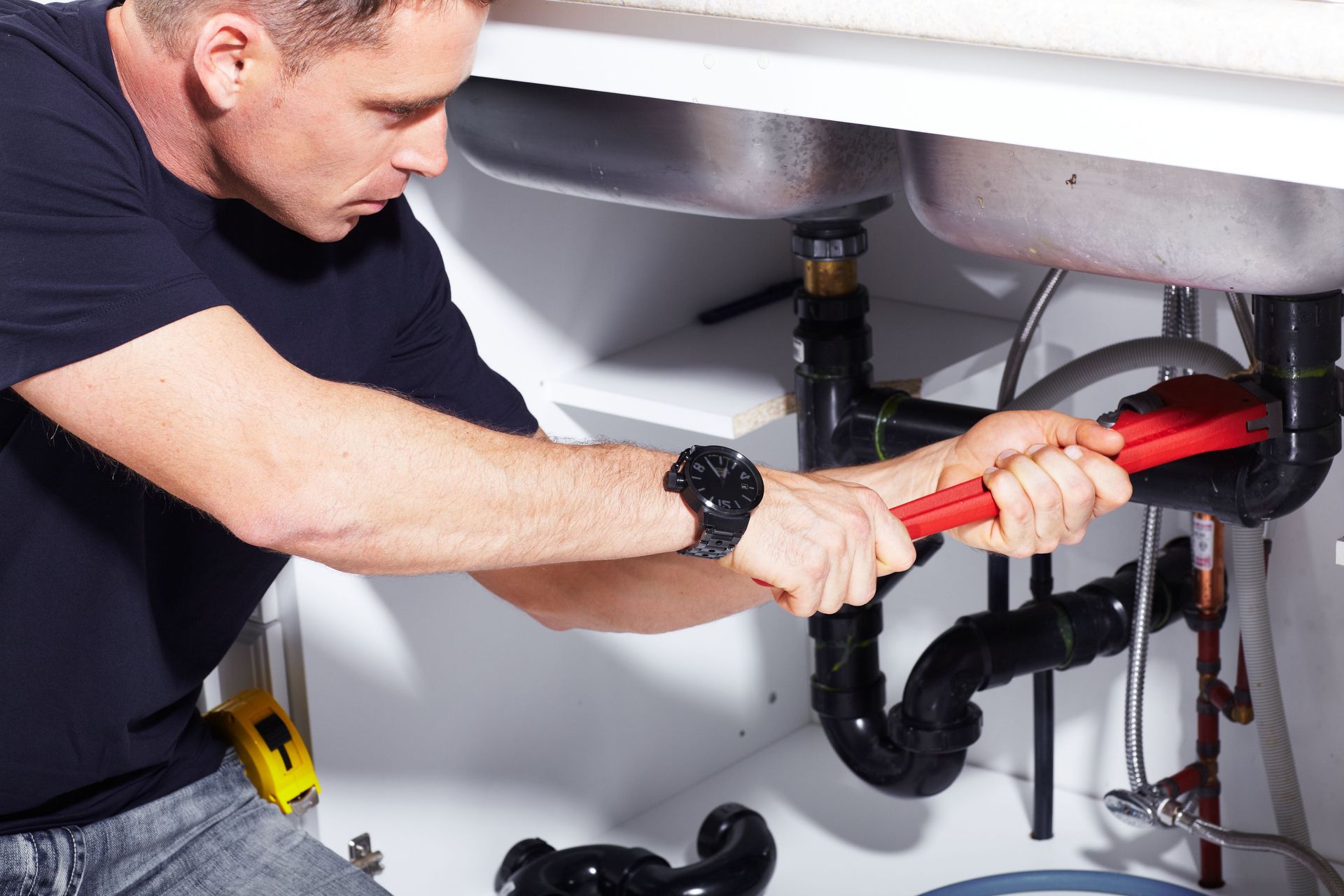
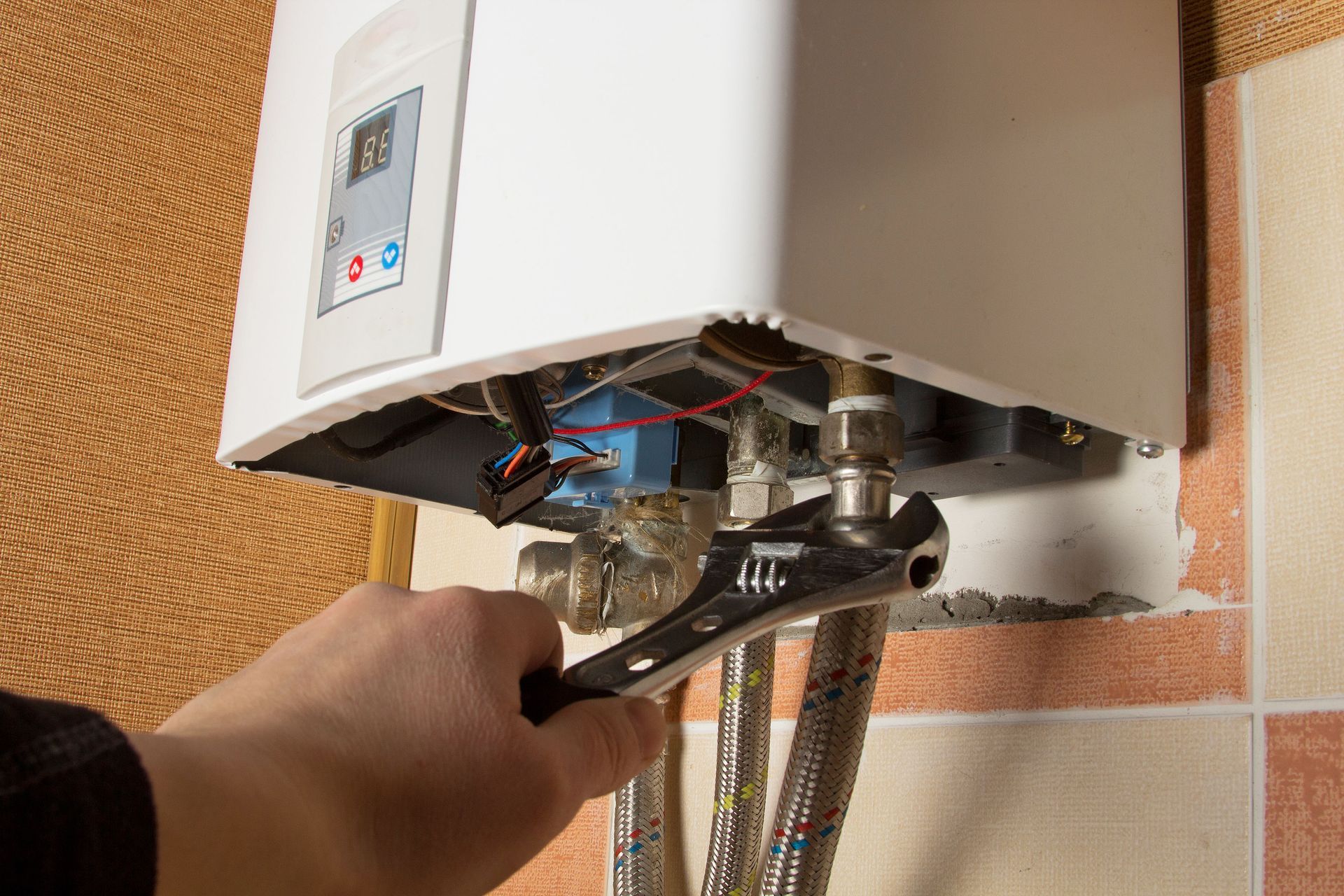
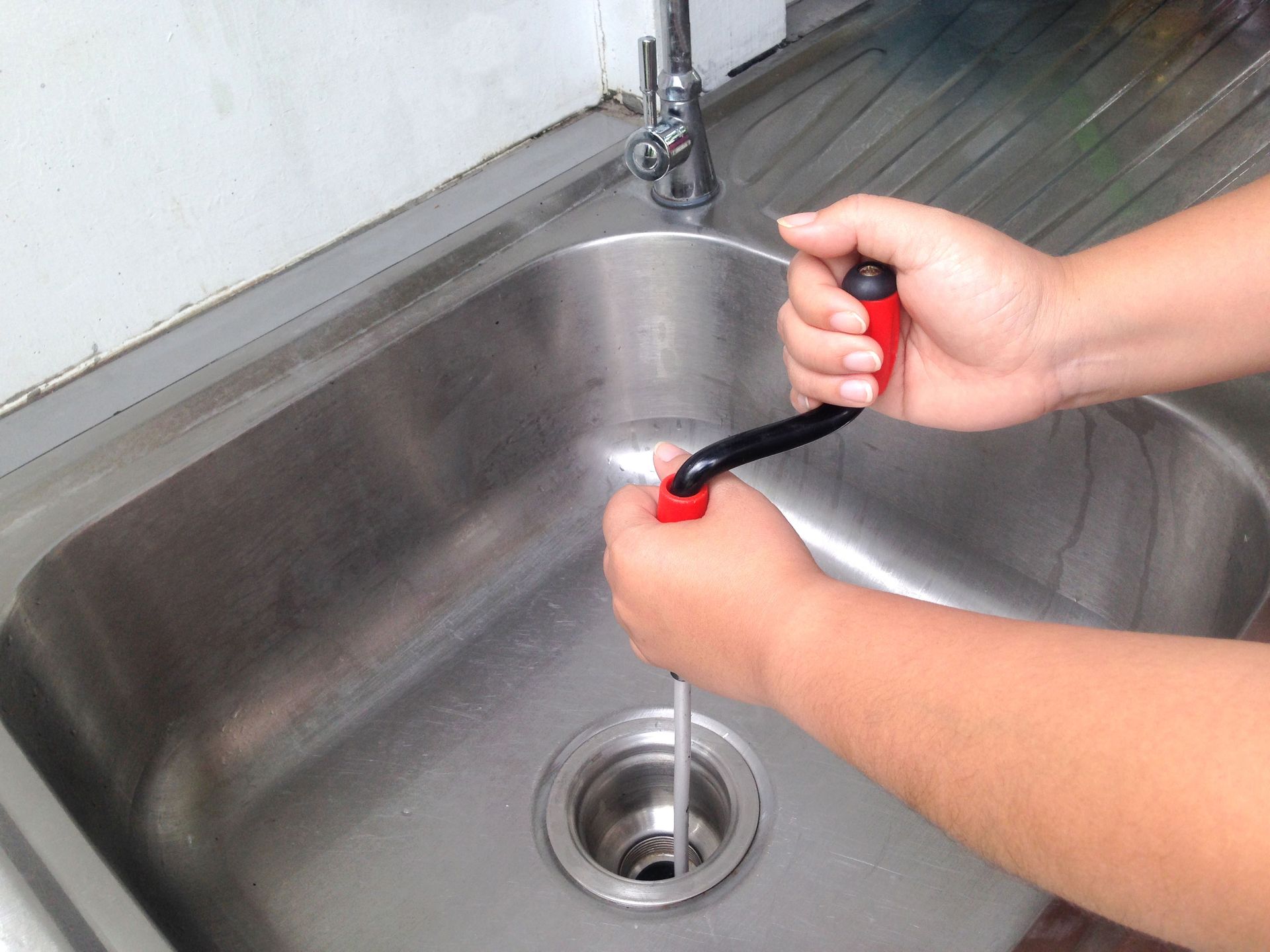
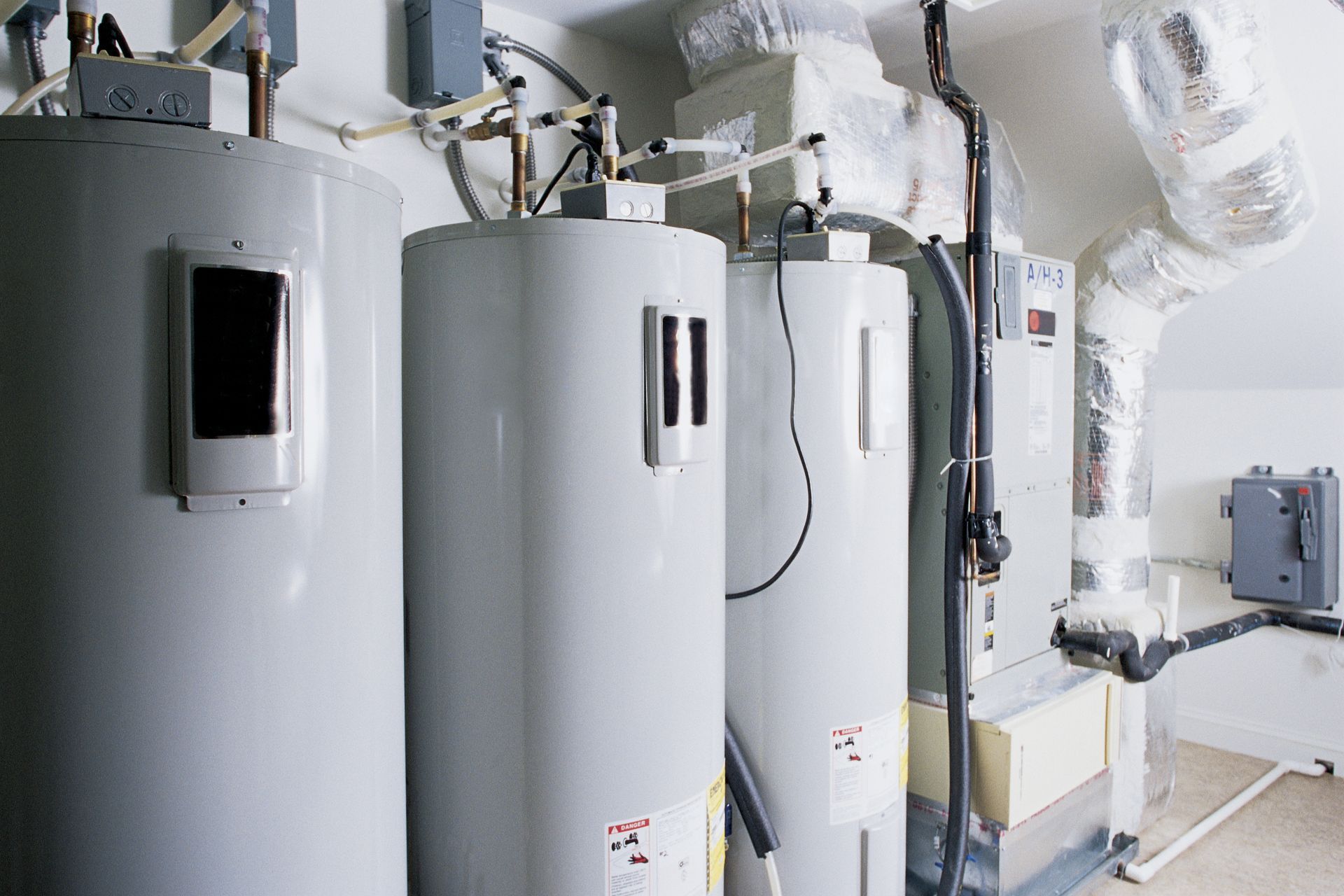
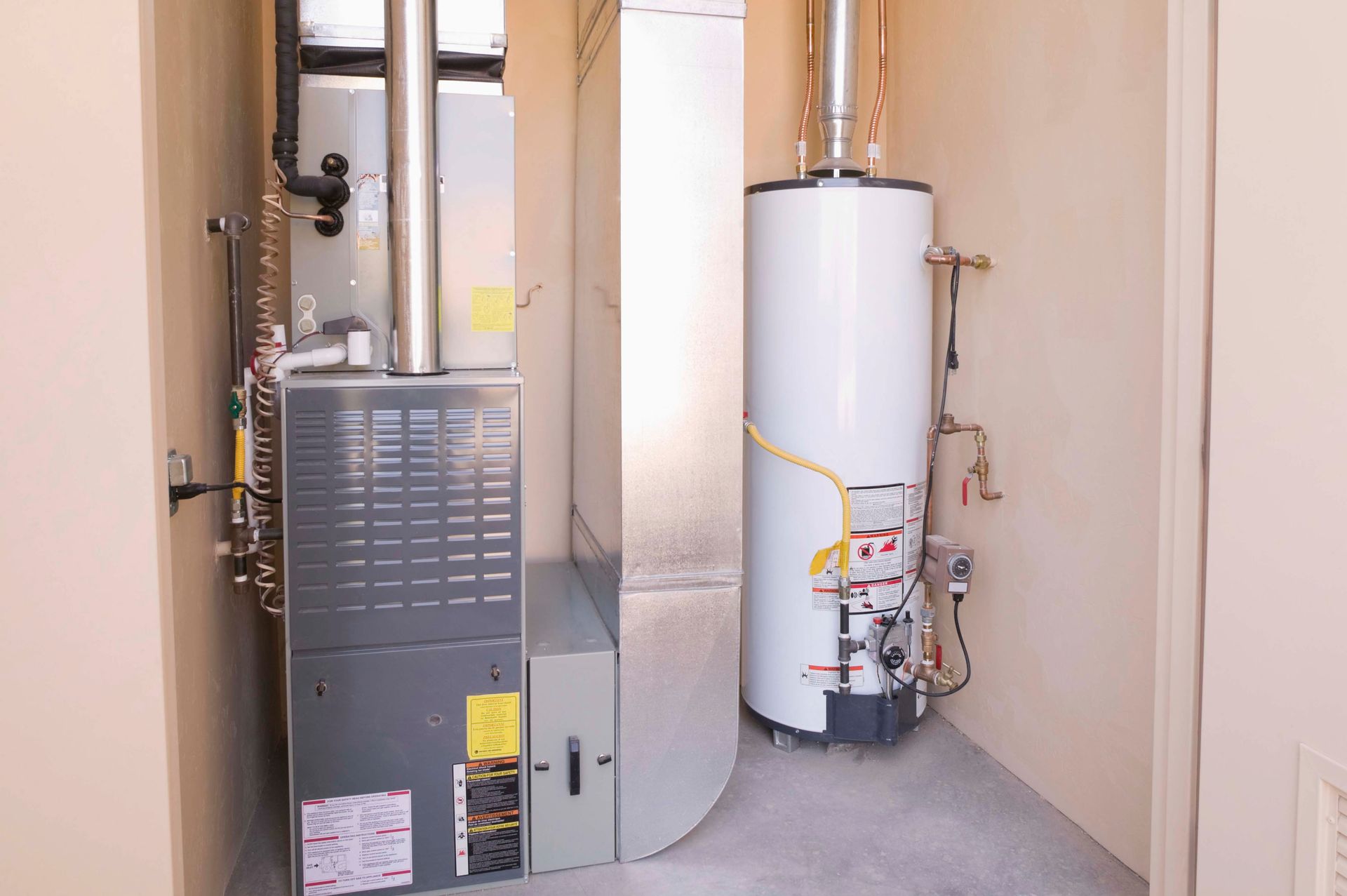
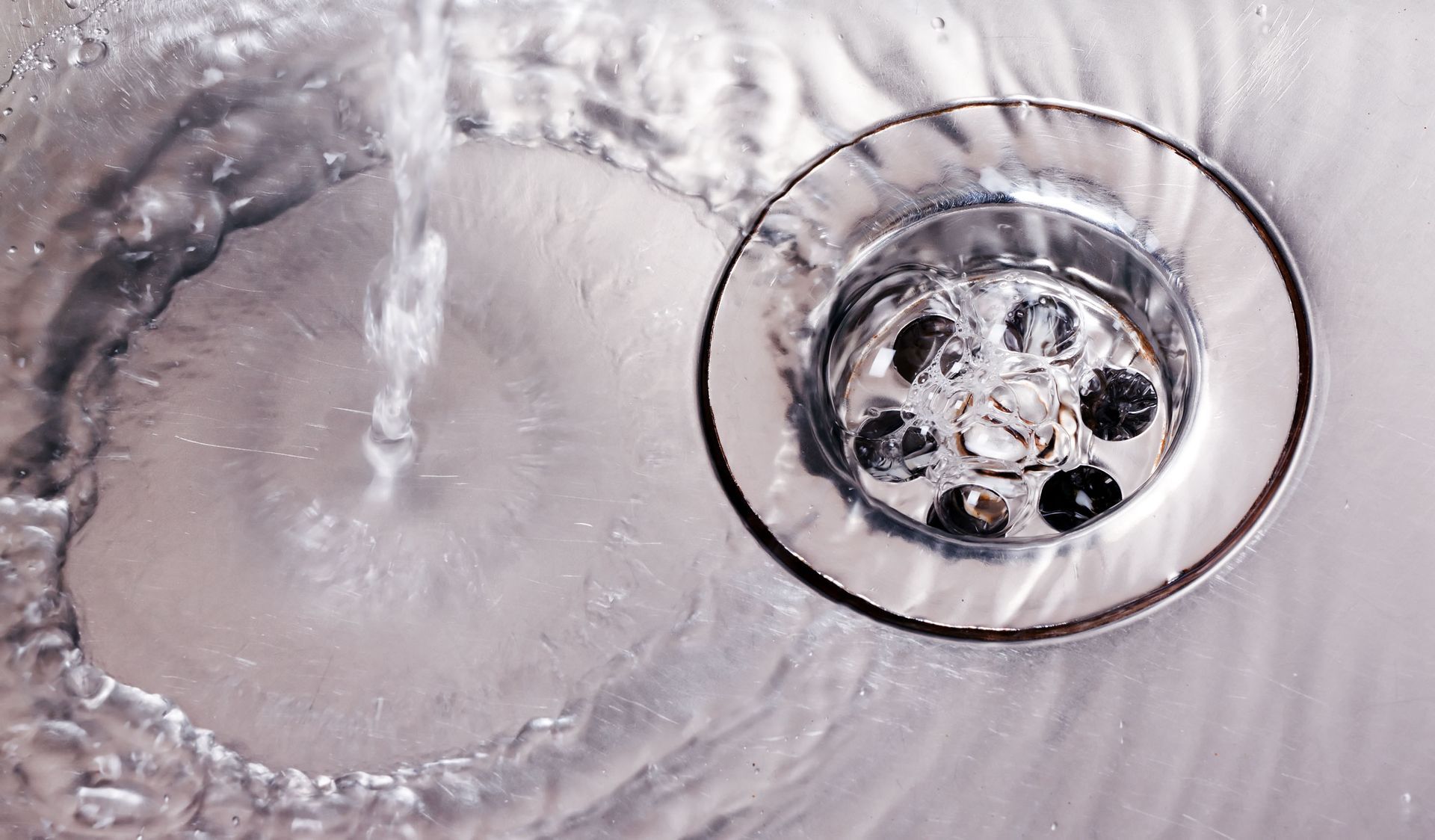
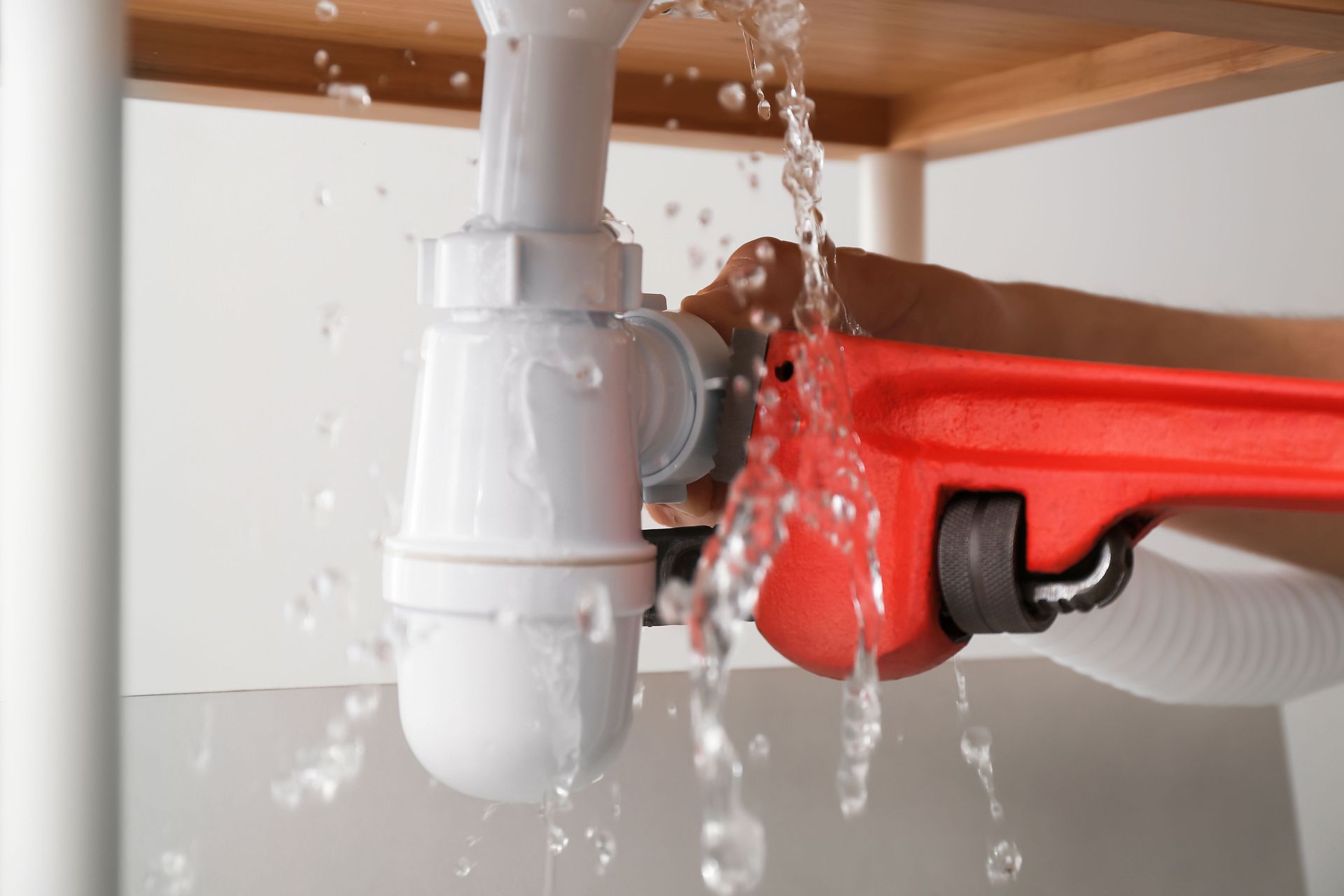
Share On: